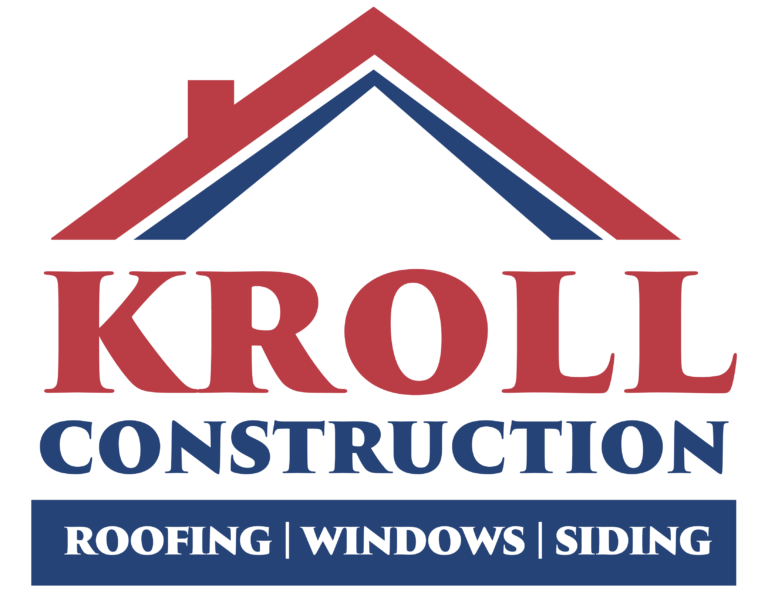Part 2 – A Beginner's Guide to Common Types of Roofs
Flat and Shingle Roofs
There are plenty of types of roofing available to homeowners, but two stands out among them: The flat roof and the shingle roof. These two types of roofs have many similarities in terms of performance, but they are quite different in terms of appearance and installation procedures.
The Flat Roof
The flat roof, as its name suggests, is a roof that does not have a noticeable slope. This type of roof is a common sight for small commercial buildings, but its practical nature has also made it popular among many homeowners.
There are two main types of flat roofs seen in residential homes: the asphalt roll roof and the EPDM roof. The asphalt roll roof consists of a mat of felt, which is covered with asphalt to protect it from rain, sunlight, and other natural factors. On the other hand, the EPDM roof is basically a protective layer of synthetic rubber over the house.
Strengths
Flat roofs are one of the best types when it comes to wind tolerance. Because it’s flat, there’s nothing for the wind to catch on. Because of its minimalistic appearance, a lot of people who prefer a more contemporary look for their home favor the flat roof over other types of roofs. While a flat roof doesn’t provide attic space, the top can be used a second floor or a rooftop balcony without requiring a lot of modification. Out of all the different types, many consider flat roofs to be the best when it comes to ease of installation because there’s no need to install extra roof supports.
Weakness
Perhaps the most noticeable weakness of the flat roof is how it handles rain and snow. The roof’s flat surface keeps rainwater or snow from harmlessly rolling of the edge and into the gutter. Some flat roofs have a very slight slope to help shed off water, although water pools are still likely to form after a strong rain. Asphalt roll roofing also has fairly low lifespan compared to other types of roofing, but it can still easily last for more than a decade with proper maintenance.
The Shingle Roof
The shingle roof is a successful attempt to combine the classic look of traditional roofing types with affordability and versatility. Shingle roofs are composed of many individual panels, usually made of asphalt or metal that is stacked together to form a single covered surface.
Strengths
The shingle roof’s biggest advantage over other types of roof is its ability to mimic more expensive types of roofing at a fraction of the price. Although they are designed to resemble brick or slate roofs, asphalt shingles are much lighter than the original materials, so they put less strain on the roof frame. Because of this, a well-maintained shingle roof can last anywhere from 20-35 years.
Weakness
Shingle roofs require careful installation because any misaligned shingle can make the roof vulnerable to wind and roofing damage. Furthermore, lightweight shingles can easily be torn clean off the roof by strong gusts of wind if not secured properly. Shingles also tend to lose granules protecting their outermost layer over time, making them more vulnerable to damage as they reach the end of their lifespan.
Of course, there are other types of roofs available other than flat and shingle roofs. Coming soon is Part 3, which will focus on specialty roofs.


